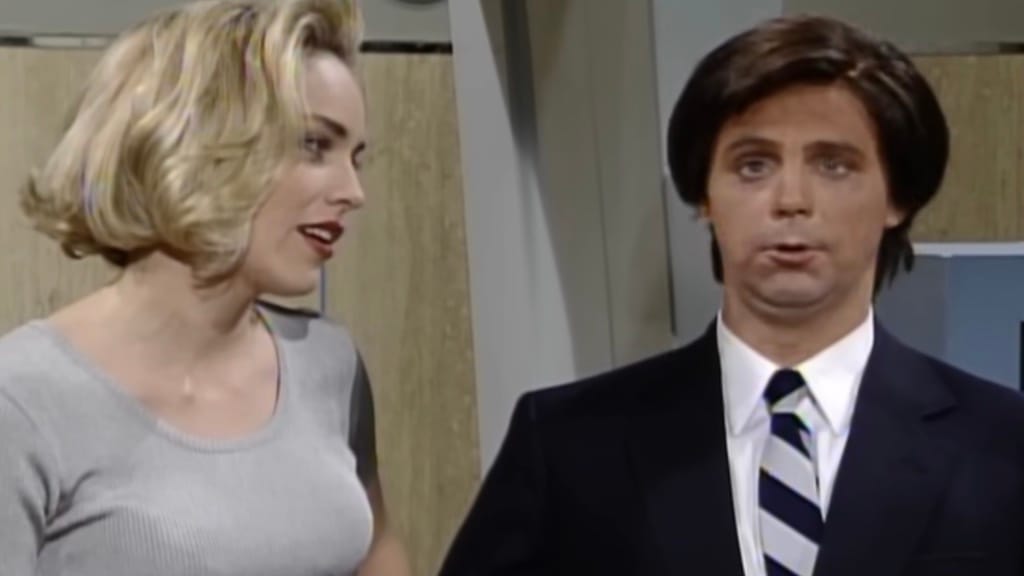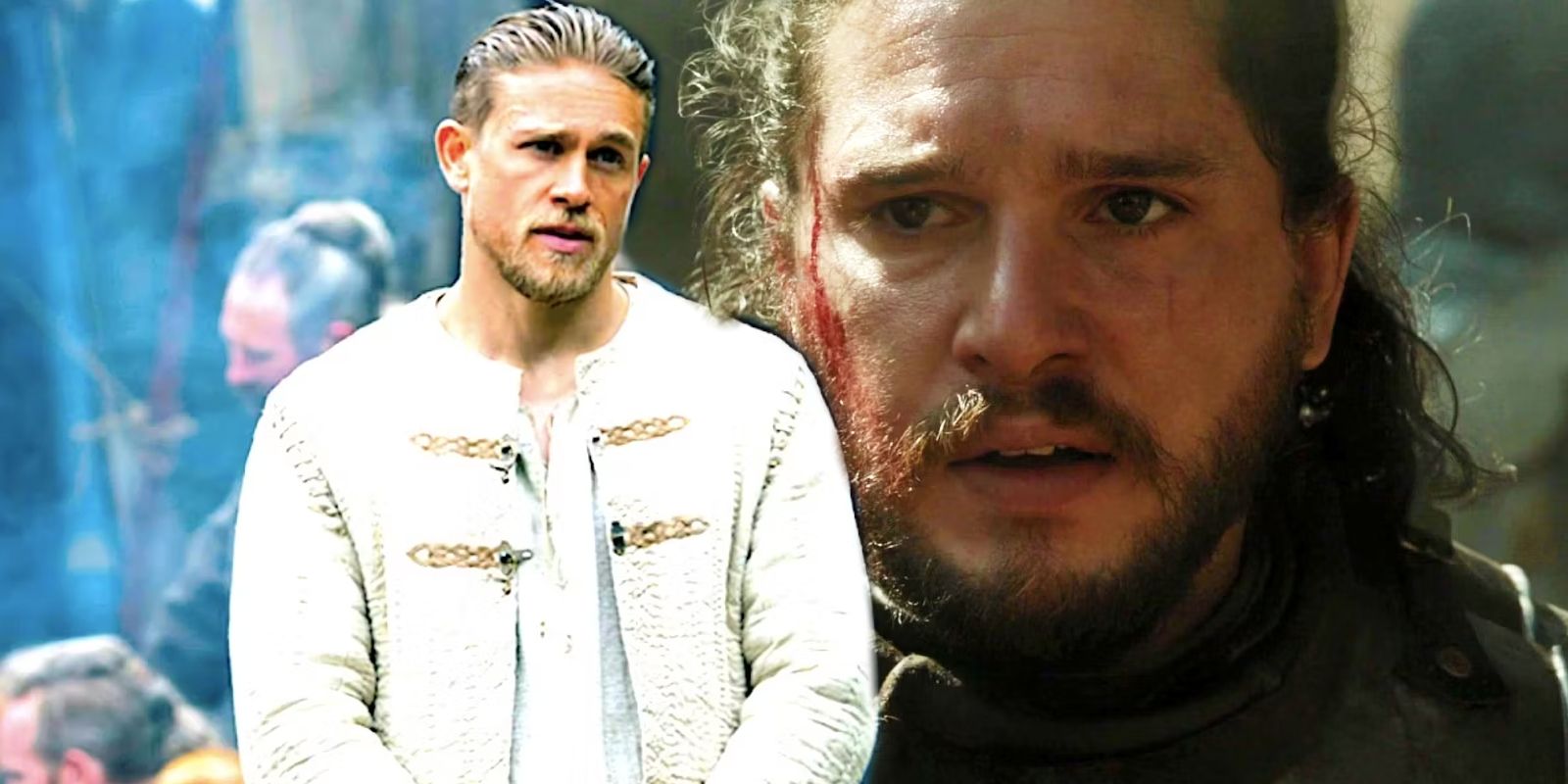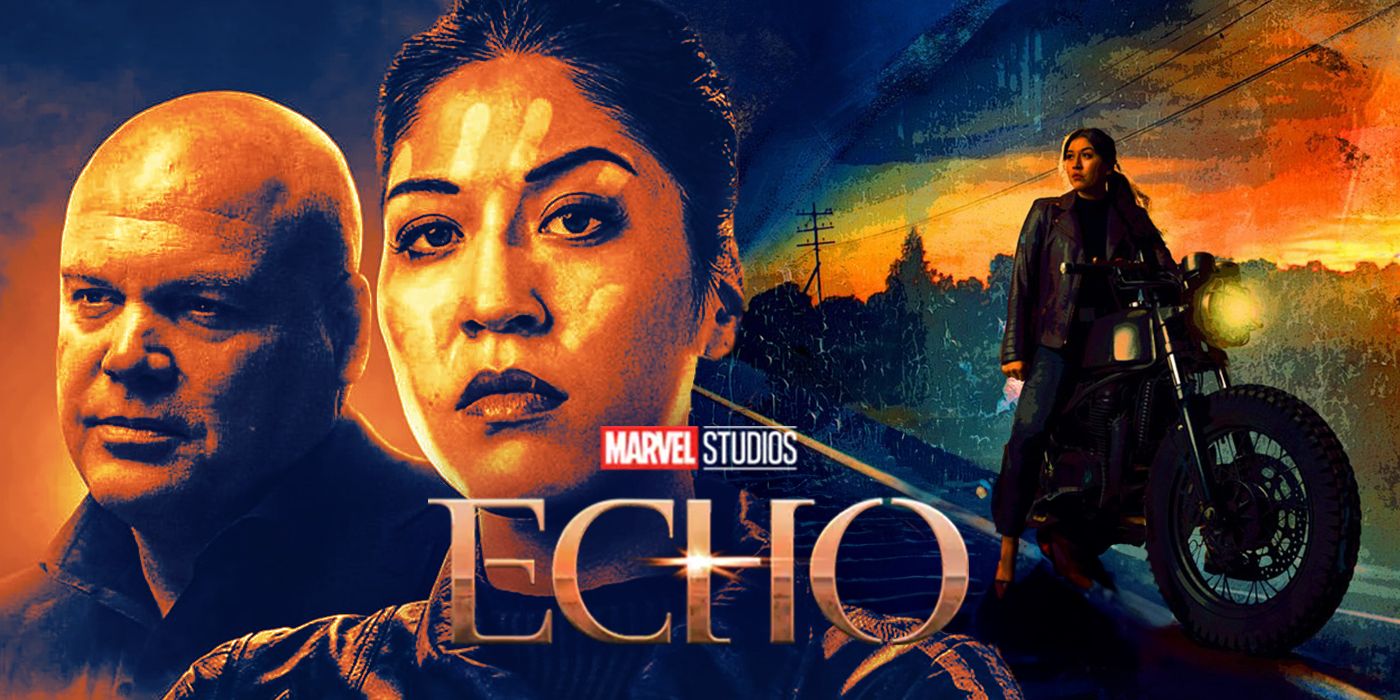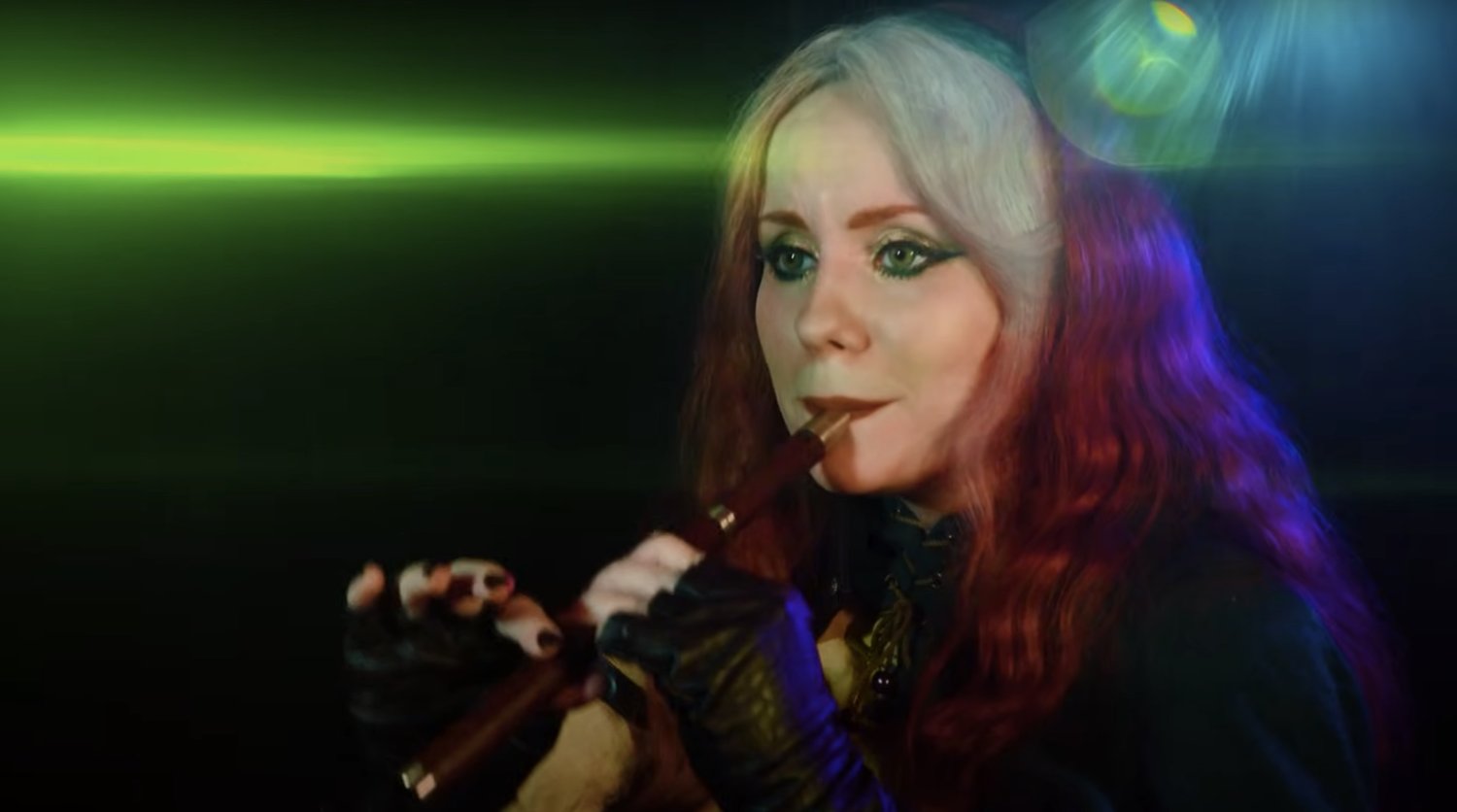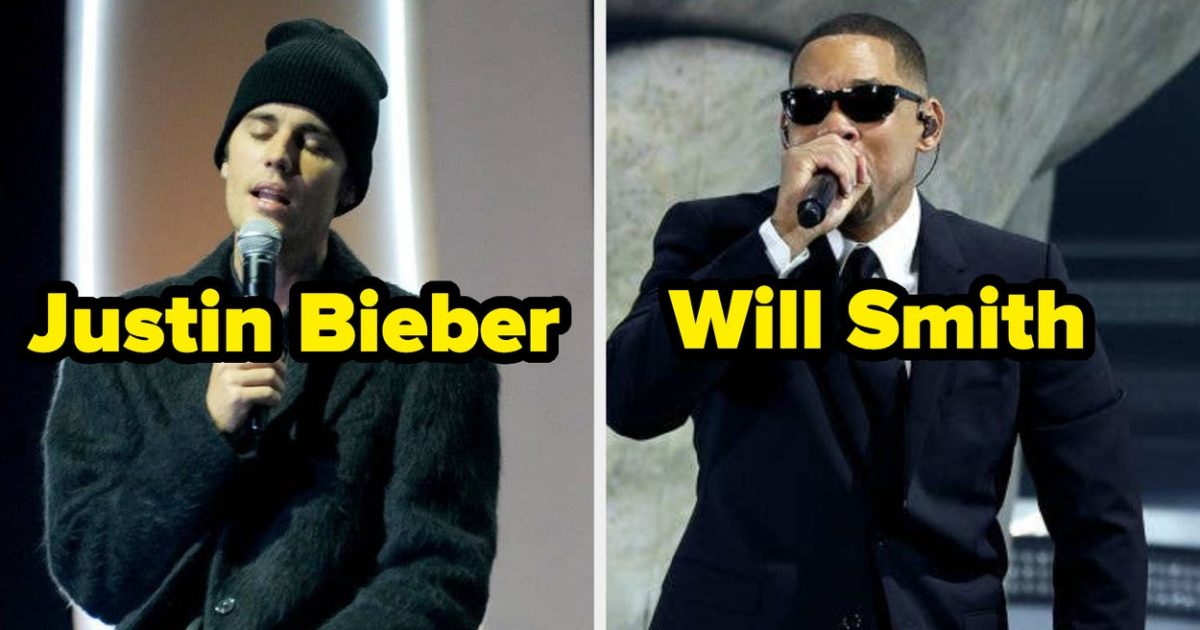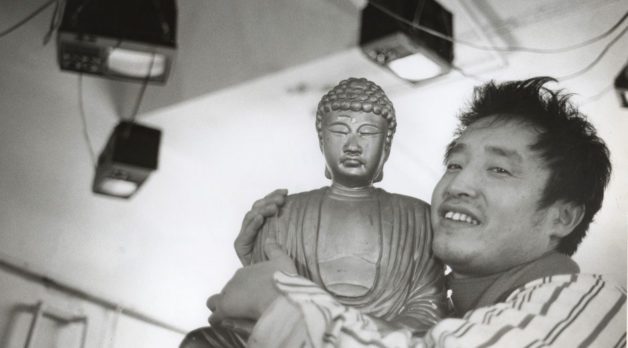
“The Second Act Is Always a Challenge”: Editor Taryn Gould on Nam June Paik: Moon Is the Oldest TV
Feb 9, 2023
Nam June Paik: Moon is the Oldest TV
In filmmaker Amanda Kim’s feature debut Nam June Paik: Moon Is the Oldest TV, the revolutionary 20th century video artist is conjured through archival footage, interviews with collaborators and journal excerpts read by Steven Yeun. The film charts Paik’s creative career and eventual relocation to the U.S., dissecting how his art has since influenced our understanding of moving images and the technology that produces them.
Editor Taryn Gould discusses cutting the film, including the importance of highlighting Paik’s palpable sense of humor.
See all responses to our annual Sundance editor interviews here.
Filmmaker: How and why did you wind up being the editor of your film? What were the factors and attributes that led to your being hired for this job?
Gould: Amanda Kim and I met through David Koh, one of the producers of the Paik film. I had worked with David on a few other projects. Amanda and I ended up speaking on the phone and meeting up over the course of a year as the pandemic had slowed down production timetables. We got on quite well and had similar tastes in film. When you sign on to a documentary, you are committing to months if not years of collaboration with someone. My advice to any director or editor is always to share a meal with a potential colleague and see if you make each other laugh. If you can’t share a laugh together easily, it might be a really hard road. The edit can be grueling and a shared sense of humor can really bring a team through the more challenging moments. Amanda and I cracked each other up in those exploratory conversations and that really was such a gift that kept giving throughout the process.
Filmmaker: In terms of advancing your film from its earliest assembly to your final cut, what were goals as an editor? What elements of the film did you want to enhance, or preserve, or tease out or totally reshape?
Gould: Amanda didn’t want to make a standard art documentary filtering Nam June through an art history lens. She wanted Nam June’s fascinating personal history and experience to shed new light on his art. We were very aligned on that front but easier said than done of course. His personal history spans many countries, wars, languages and philosophies. His art spans 5 decades and multiple movements and mediums. We knew that condensing all this down into a digestible narrative was going to be a challenge. There were versions where we tried moving more chronologically through his life. Ultimately the film felt much stronger when his early life was revealed more slowly, imbuing more and more meaning to the art as we moved along. It mimics how it feels to look at a Nam June piece. The meaning of the work seems to grow and change, something that at first seems whimsical and funny begins to expand into the profound and prophetic.
Also, Nam June was legitimately hilarious and used humor in his art and life to open people up, to surprise them into looking at something in a different way. That was really important to us to maintain in the film. The first sequence we cut in the first week of the edit showcases this part of his expression and personality and that sequence still opens the film, framing how to watch.
Filmmaker: How did you achieve these goals? What types of editing techniques, or processes, or feedback screenings allowed this work to occur?
Gould: When you begin, you work off of outlines, pick your arcs, your acts and climaxes. Some choices live up to the challenge and some reveal a wrong turn. When I’m editing I always have a gold bin and Amanda had one as well on this project as we were basically living together in the edit. The gold bin was full of our favorite moments and quotes, the ones that excited us the first time we saw them. It’s the place you go when you lose your way and need to be inspired again.
Though the gold bin is a beacon, feedback screenings are one of the most crucial components to finishing a film in my opinion. As soon as you get some fresh eyes in the room, you can tell what is working and what isn’t almost immediately. Over time, you get your trusted circle of watchers who know how to evaluate a rough cut, people who have given you honest and critical feedback even if it’s just their confusion. This is how you diagnose the big problems and figure out solutions. This film was no exception. We had some great editors and filmmakers give us their very valuable time and thoughts.
Filmmaker: As an editor, how did you come up in the business, and what influences have affected your work?
Gould: I went to Newhouse School at Syracuse to study film. I had a great mentor there in Tula Goenka who had worked as an editor with Mira Nair and Spike Lee. After school I worked for a few start-ups and eventually worked for Atlantic Records, shooting, editing and directing in-house content. From there, I directed and edited music videos. Meeting Danny Clinch on an Atlantic Records video shoot began a really fruitful 10-year working relationship. I was able to really sharpen and develop both my editing and filmmaking skills. This evolved into further collaborations with Danny, including co-directing a film together, and also all the other opportunities that are now a part of my filmography.
As far as influences go, one of the most beautiful films I have ever seen is Victor Erice’s The Spirit of the Beehive, and I was lucky enough to see it in college. I think the feeling of that film tries to find its way into all of my work.
Filmmaker: What editing system did you use, and why?
Gould: We used Premiere. We had a leaner post-production situation at the beginning of the process and in the past for me premiere has been more flexible with less technical support than other systems.
Filmmaker: What was the most difficult scene to cut and why? And how did you do it?
Gould: There was a section after the midpoint of the film that we ended up calling “the blob” because we had such a hard time finding a shape for it. The second act is always a challenge but this 20 minutes in the film was a problem and remained a problem even after the film had gotten much stronger. The issue was us not wanting to get rid of a great anecdote and description of a work. Once we opened ourselves up to cutting that content, those 20 minutes were transformed and we found our way through it. In hindsight, it always seems obvious but letting go of those attachments is hard and we were rewarded quickly after we did so.
Filmmaker: Finally, now that the process is over, what new meanings has the film taken on for you? What did you discover in the footage that you might not have seen initially, and how does your final understanding of the film differ from the understanding that you began with?
Gould: Working on a documentary can feel like getting a Master’s degree in the film’s subject and in this case in particular, Nam June was such an incredible teacher. Beyond being the innovative artist I knew about, he was a brilliant teacher of philosophy, world history, politics and most notably, the future.
From watching through the footage and reading his writings, I was learning about the oppression, colonization, censorship and ideological clashes that lead to these horrendous events in history. I was able to see how he was using different art forms to push against, call attention to and offer alternatives to these repeated calamities. Then, Amanda and I would listen to the news in the mornings and we would be hearing these same conflicts and horrors playing out again in real time.
The film feels really urgent because Nam June’s visions and worries concerning technology have all come to be with stunning accuracy. He saw its potential to connect and free us and he saw its potential to disorient and further fracture us. With each passing day in the edit I became more and more aware of what an honor it was to help share his insights, work and life with a larger audience. I feel very lucky to have kept such intimate company over these years with Nam June and Amanda as we sifted through this massive archive to find and deliver some pressing messages that have clearly been missed.
Publisher: Source link
Olivia Rodrigo Joined No Doubt, And Many, Many Other Artists Had Surprise Cameos At Coachella 2024
This year had some of the best surprise guests.View Entire Post › Disclaimer: This story is auto-aggregated by a computer program and has not been created or edited by filmibee.Publisher: Source link
Apr 18, 2024
Cute Kate Spade Mother’s Day Gifts That’ll Make You the Favorite
We independently selected these deals and products because we love them, and we think you might like them at these prices. E! has affiliate relationships, so we may get a commission if you purchase something through our links. Items are…
Apr 18, 2024
Khloé Kardashian Just Cut Her Hair The Shortest I've Seen In A While
It's the perfect warm weather cut.View Entire Post › Disclaimer: This story is auto-aggregated by a computer program and has not been created or edited by filmibee.Publisher: Source link
Apr 17, 2024
See Inside Emma Roberts’ “Storybook” Home
Just one look inside Emma Roberts' home, and you may be left screaming with delight. The Scream Queens alum recently opened the doors to the Los Angeles pad she shares with her 3-year-old son Rhodes. "What I love about this house is it speaks…
Apr 17, 2024
